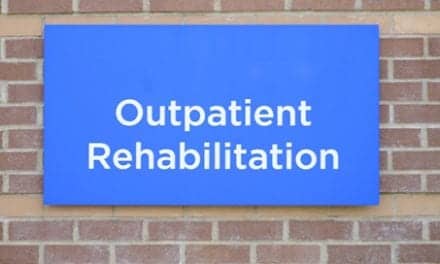University of Kansas (KU) researchers have completed a study that concludes easy-to-walk communities boost physical health among older adults, yet walking more intricate layouts in a community do a better job of keeping cognition high. The study also found that the level of safety associated with a walking area is a primary concern to older adult who walk the area.
The study results were shared Sunday at the Gerontological Society of America’s annual meeting by researcher Amber Watts, assistant professor of clinical psychology at KU. Watts says people can walk for leisure or utility, and depending on the type of walk one desires, the neighborhood in which the walking is done may have different characteristics.
“Features of a neighborhood that encourage walking for transportation require having someplace worth walking to, like neighbors’ houses, stores and parks,” Watts says. She adds that neighborhoods that inspire walking for leisure also are full of pleasant things to look at, such as walking trails or shade provided by trees. Watts points out that such neighborhoods should make people feel secure on foot.
“For older adults, safety is a key issue in walkability,” she said. “That includes things like traffic lights that give ample time to cross, sidewalks that are in good repair, and benches to stop and rest.”
Watts said easy-to-walk communities resulted in better outcomes both for physical health—such as lower body mass and blood pressure—and cognition (such as better memory) in the 25 people with mild Alzheimer’s disease and 39 older adults without cognitive impairment she tracked. She believes that older adults, health care professionals, caregivers, architects and urban planners could benefit from the findings. The KU researcher and her colleagues estimated a “walkability score” for subjects’ home addresses. Then they estimated the relationship between people’s neighborhood scores and their performance on cognitive tests over 2 years, factoring variables such as age, gender, education and wealth, that might influence cognitive scores independently of neighborhood characteristics. She found that intricate community layouts might help to keep cognition sharp, rather than serve as a source of confusion in older adults.
“There seems to be a component of a person’s mental representation of the spatial environment, for example, the ability to picture the streets like a mental map,” Watts said. “Complex environments may require more complex mental processes to navigate. Our findings suggest that people with neighborhoods that require more mental complexity actually experience less decline in their mental functioning over time.”
[Source: University of Kansas News Service]





